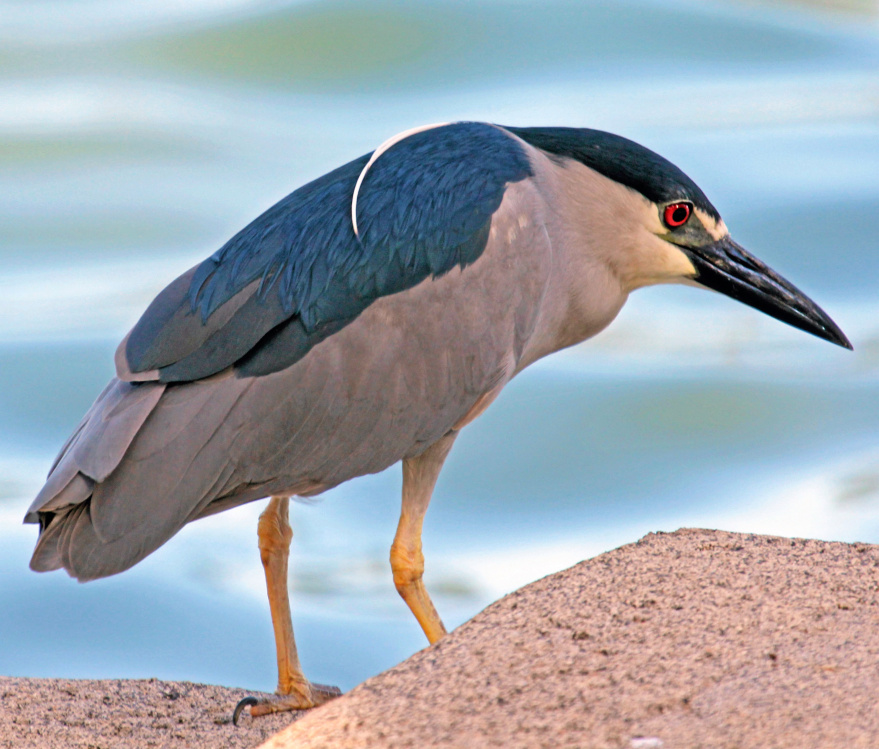by Doug Becker
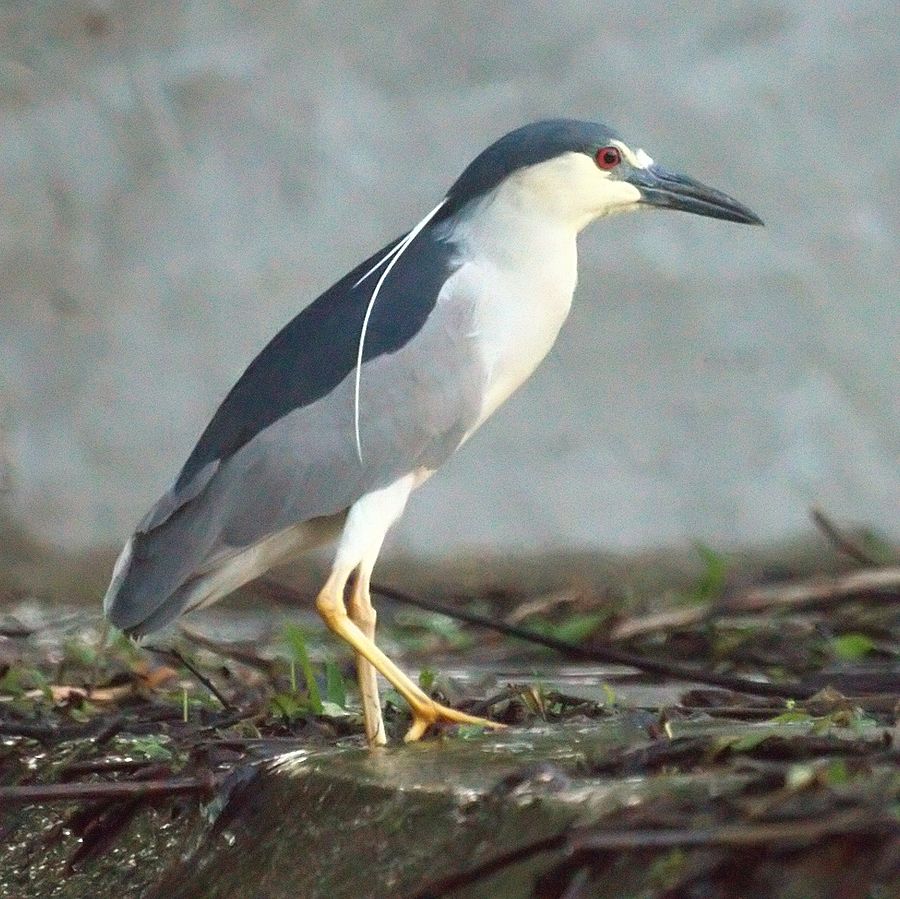
Have you seen the Black-crowned Night-Herons? They’re stockier, shorter-necked, and shorter-legged than most other herons. Most striking, however, is his formal looking plumage of sharply contrasting light-gray and black. Add to that several strands of long white plumes that flow off the back of his large, black-crowned head and you will see the dressiest heron along any shoreline. His bright red eyes are a finishing touch that makes him a favorite to see.
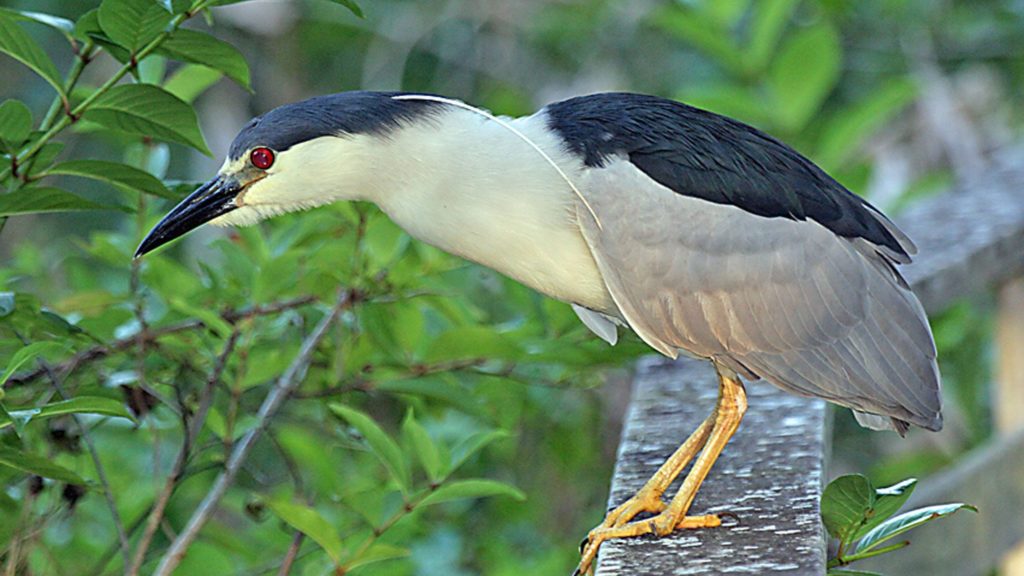
But, there’s the problem. They’re NIGHT-Herons! That beautiful plumage is usually tucked away in leaves and tree branches all day while waiting to fly off to feed at dusk and into the night. Because of this, the most widely spread Heron in the world is hard to see.

The Black-crowned Night-Heron’s breeding range covers all of the United States, central Canada, Central America, and other countries around the world. These herons nest in colonies by any wetlands. Saltwater or fresh doesn’t matter. Rivers, lakes, marshes, seashores, or wet fields all make home and good foraging for the Black-crowned Night-Heron. Their colonies can be huge, with as many as a dozen nests in a single tree. This may also include some nests of other Heron species, Ibises, and Egrets. Protecting their nests and feeding area from each other is a serious business. Grabbing at each other’s bills or wings can occur, yet these close neighborhoods coexist quite well. In fact, a single colony can thrive for over 50 years. That’s older than my neighborhood!
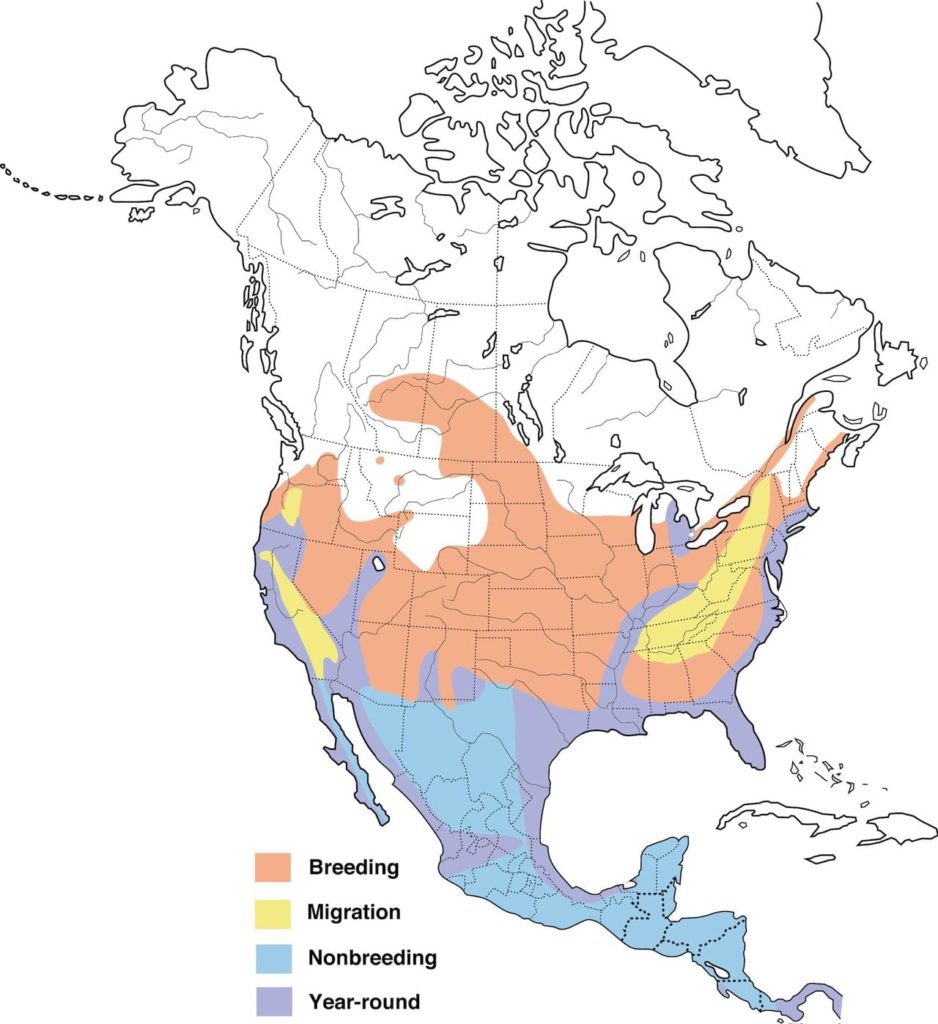
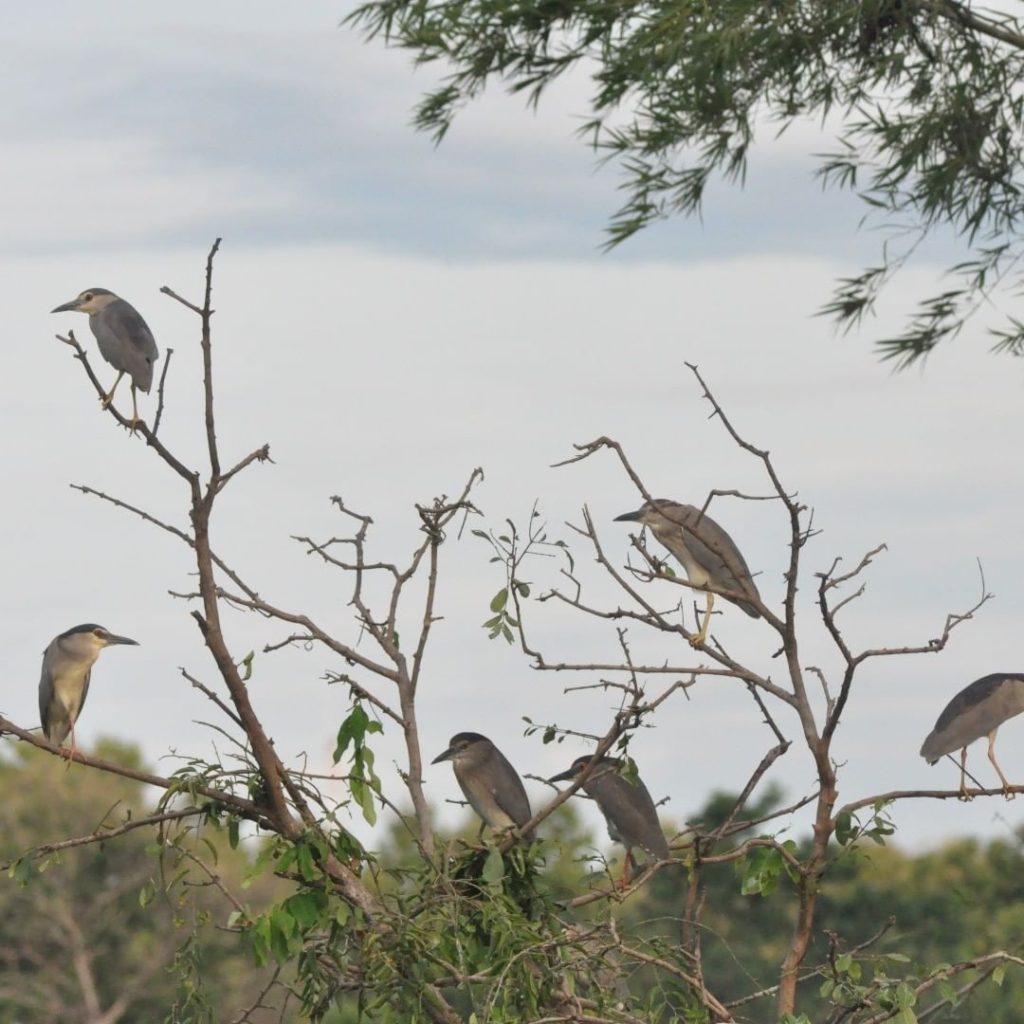
The list of edibles for the Black-crowned Night-Heron is huge. Their diet includes, but is not limited to leeches, earthworms, insects, crayfish, clams, fish, mussels, amphibians, snakes, lizards, turtles, rodents, birds, eggs, carrion, plant materials, and garbage from landfills. Oh well, even our national bird, the majestic Bald Eagle, congregates at city landfills.

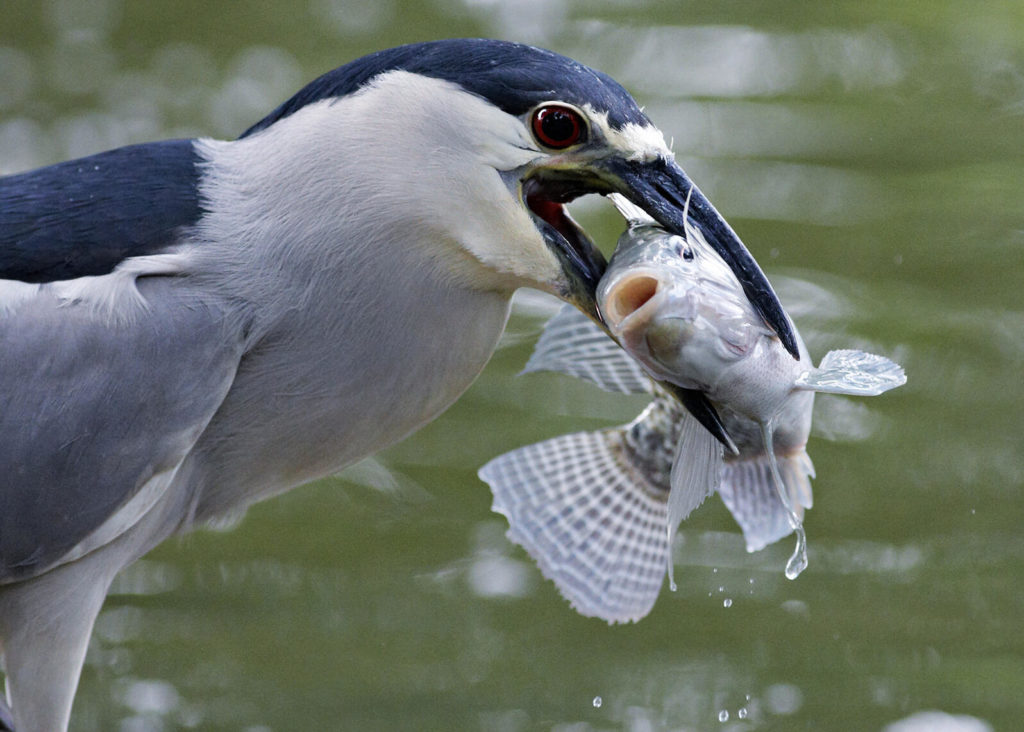
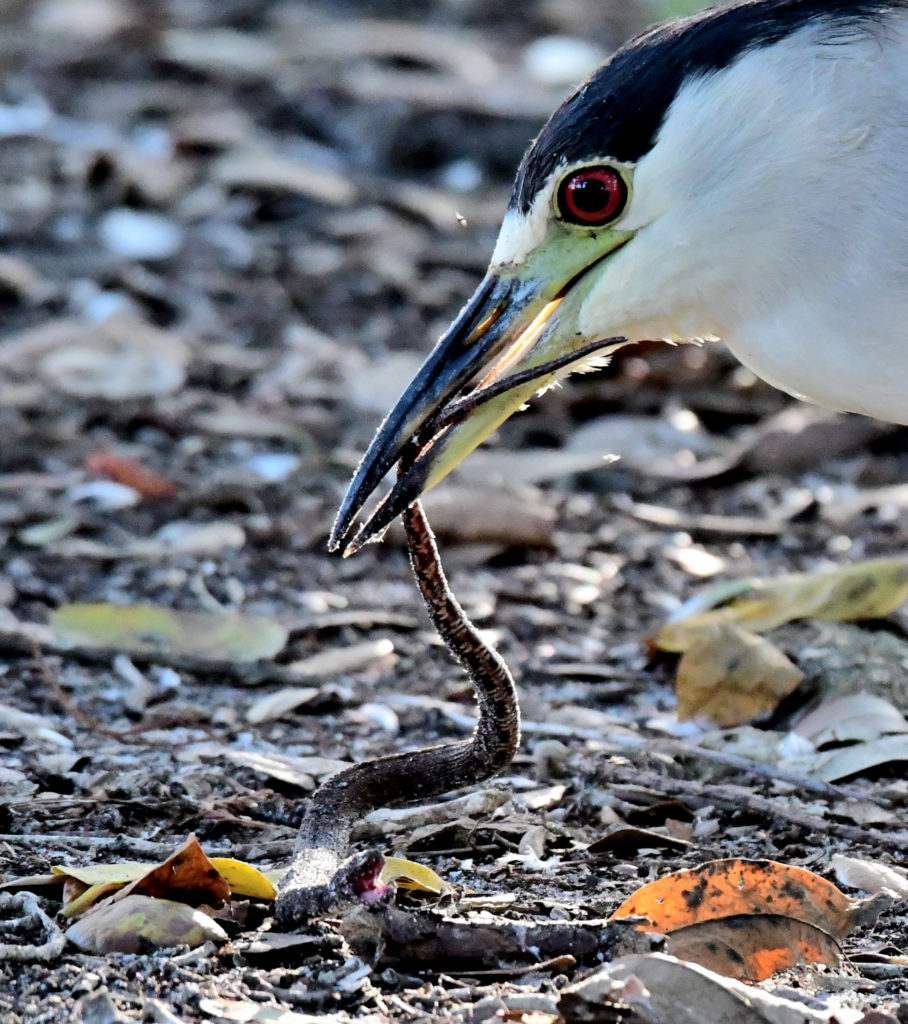
The male Black-crowned Night-Heron selects the nesting site and starts construction with sticks and twigs to make a platform base. It’s then time for him to attract a mate by bowing and raising the long plume on his head. After he finds his mate he continues to collect nesting material which he now gives to her for final placement. Nests vary in size and strength, but tend to measure 12-18 inches across and 8-12 inches high. Sharing domestic responsibilities continues as both male and female incubate the eggs and brood the chicks. Each time these duties are exchanged, the two birds greet each other with a special call and some fluffing of feathers. Quite nice.
Black-crowned Night-Herons brood just once each year with a clutch of 3-5 eggs. Incubation period is 24-26 days, and nesting time is 29-34 days. After this, it’s still another several weeks before the young can fly. During this period, they move through the vegetation on foot until reaching others foraging in a group. Interestingly, a breeding Black-crowned Night-Heron will brood any chick that finds its way into the nest. Seemingly, night-herons don’t distinguish between their own offspring and that of others. Oh well, I guess their colonies are closer than I thought!
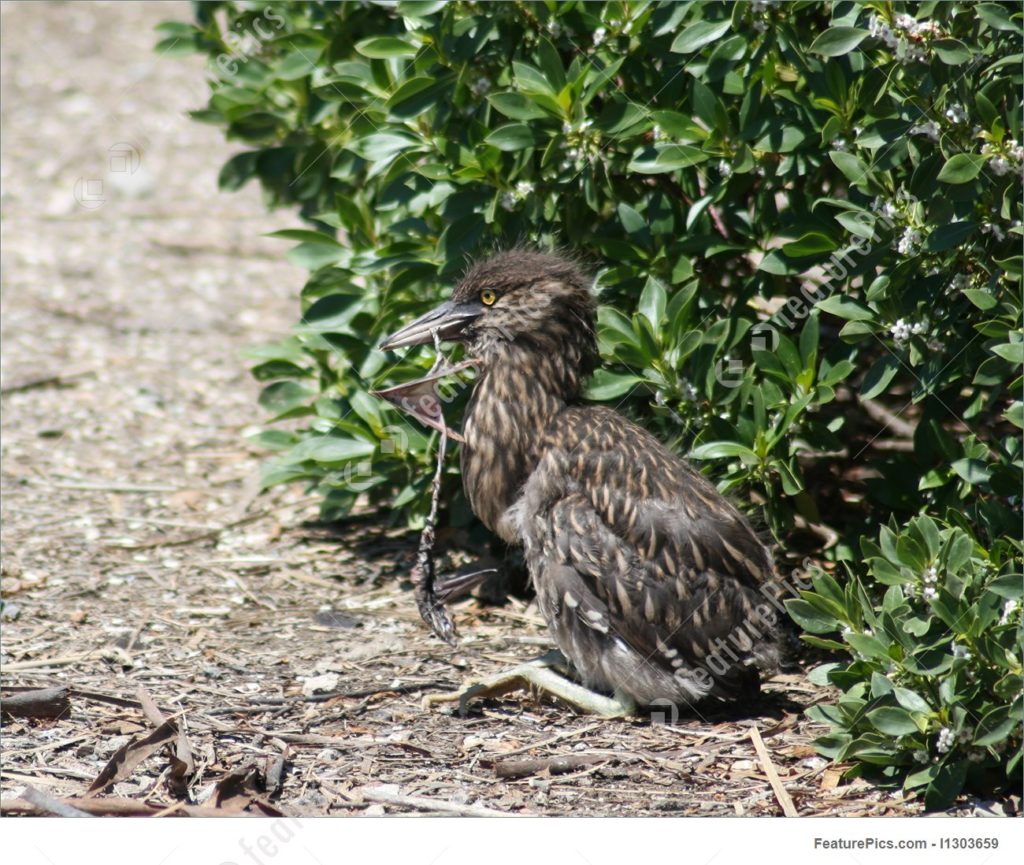
‘ve had years of experience watching Black-crowned Night-Herons come to our dock right at sundown. Those hunched over, well dressed gentlemen in flashy light gray and black with a red eye and white head plume were always on time as evening set in. Have you seen the Black-crowned Night-Herons? Well, they’re quite common in every state. Remember, they’re NIGHT Herons. I suggest you find a comfortable spot out by the lake or swamp and listen for it’s loud, choking-squawk at dusk and look for these Herons flying overhead to their foraging area. Black-crowned Night-Herons! A wonderful sight. See ya out there!
